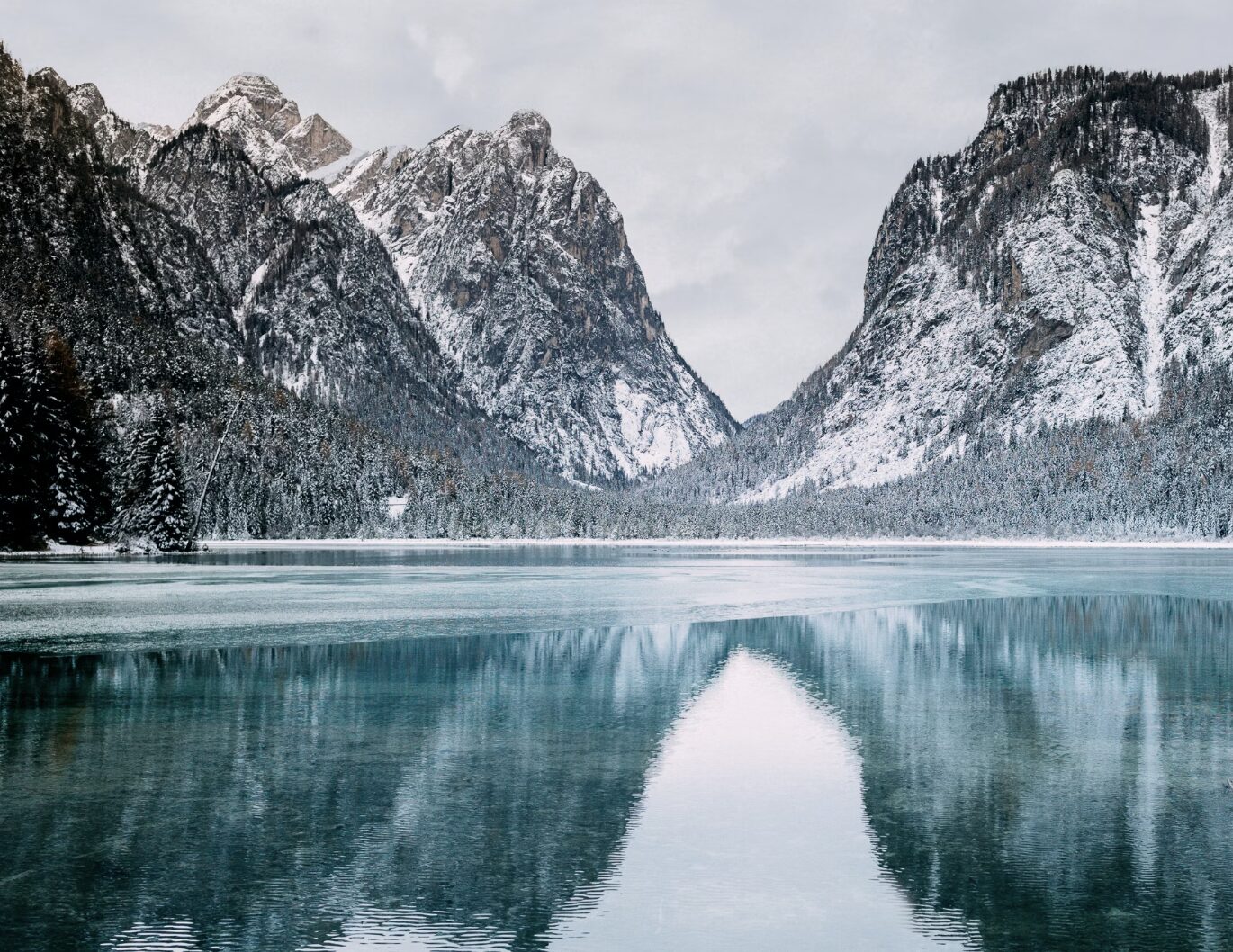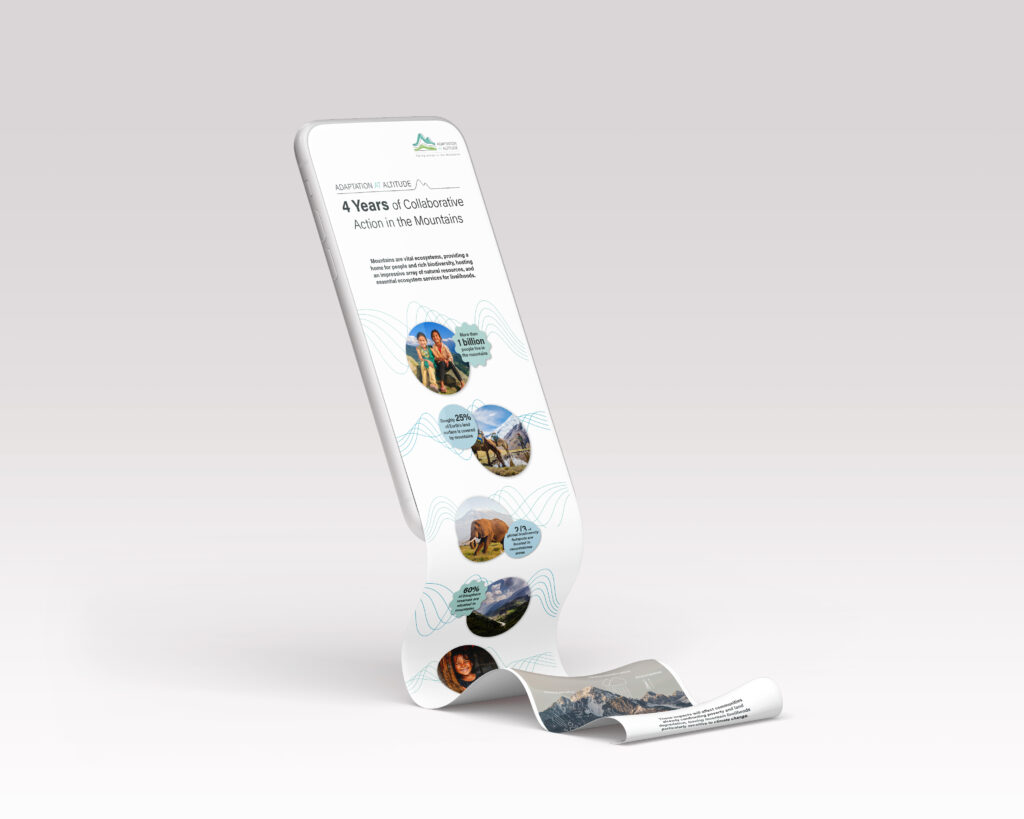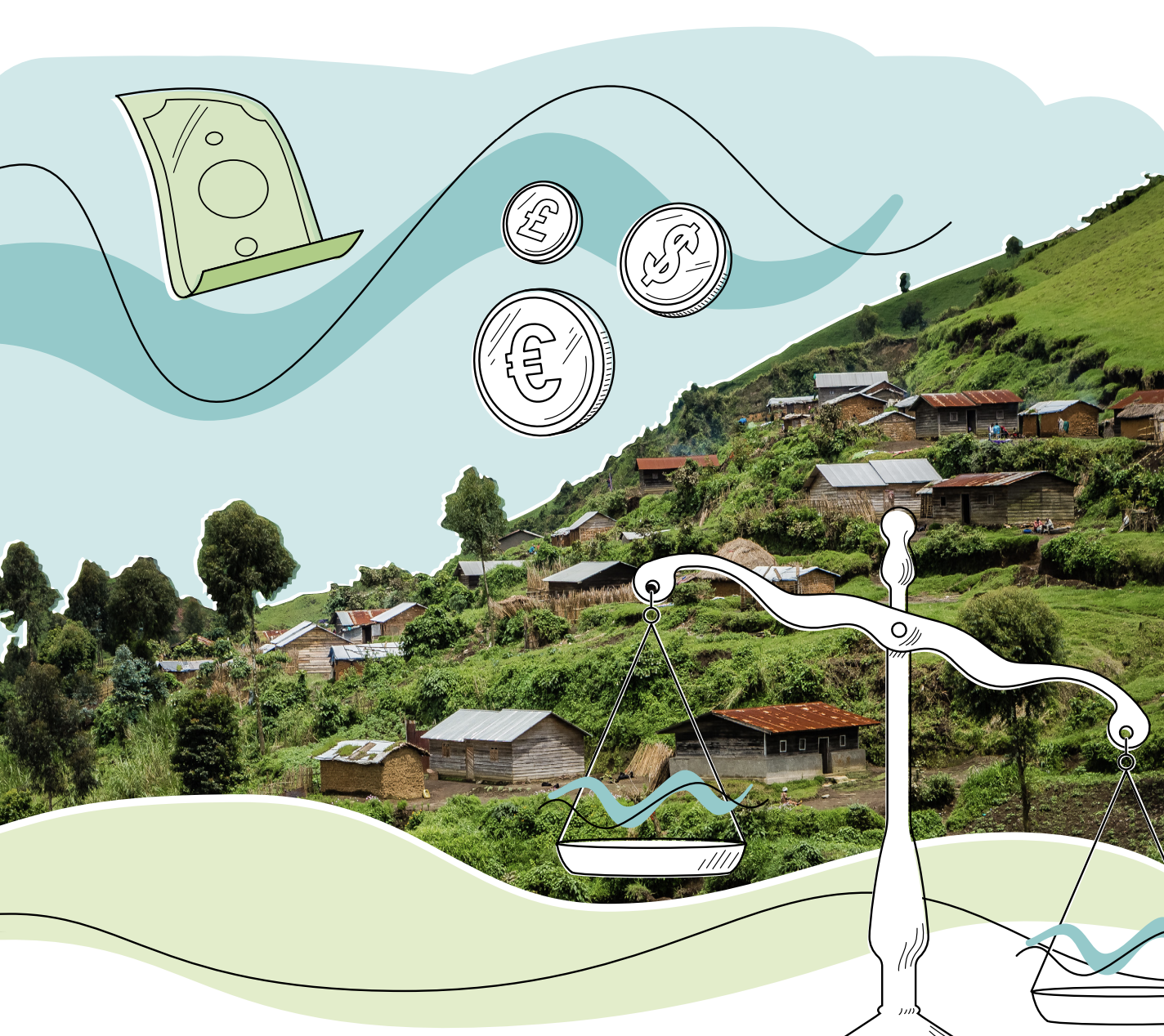Financing Climate Change Adaptation in Mountain Areas: Microfinance, Remittances, Philanthropy and Insurance

Summary
Mountains store 40% of the Earth’s freshwater and host 85% of the world’s unique species, yet they are facing accelerated climate change. As mountain communities urgently adapt to these changes, many tried and tested solutions exist to support their efforts. However, funding these solutions remains a significant challenge, especially in remote, marginalised mountain areas with limited access to capital.
This article is an abridged version of the blog ‘Financing climate change adaptation in mountains: Can the private sector bridge the gap?‘. Please access the original version for further detail.
Bridging the Adaptation Funding Gap: The Role of Private Capital
While public funding supports many adaptation efforts, accessing private capital remains a significant challenge in mountain areas. Private funding instruments like remittances, insurance, microfinance, and philanthropy offer innovative solutions to help mountain communities adapt. These targeted financial resources can promote entrepreneurial adaptation, provide insurance incentives, and support recovery after climate-related disasters, offering hope for a resilient future in the mountains.
Microfinance
Microfinance services (MFS) have the potential to help the world’s poorest and most vulnerable populations – as mountain communities most often are – adapt to climate change. MFS is the delivery of loans, savings, insurance and other financial services to the poor so they can engage in productive activities. These activities help them build assets, stabilise consumption and protect themselves against risk.
Remittances
The money sent back home by migrants as financial remittances have proven to increase the economic sustainability of mountain households in the longer term, as cases from Nepal or Tajikistan clearly show. These can be used not only to cover household expenses but may also contribute to local economic growth through investments including adaptation to climate change.
Philanthropy
Mountains and mountain communities are, in principle, ‘huggable’ and provide opportunities for expanding philanthropic engagement to climate change adaptation. This can go far beyond the current activities of classical outdoor recreation equipment companies.
Insurance
Insurance coverage plays an important role in protecting households, businesses and governments from the financial impacts of climate-related disasters. Insurance companies can provide incentives for adaptation through a reduction in insurance premiums and support adaptation directly during reinstatement.

Photo Credit: Zoï Environment Network




Comments
There is no content